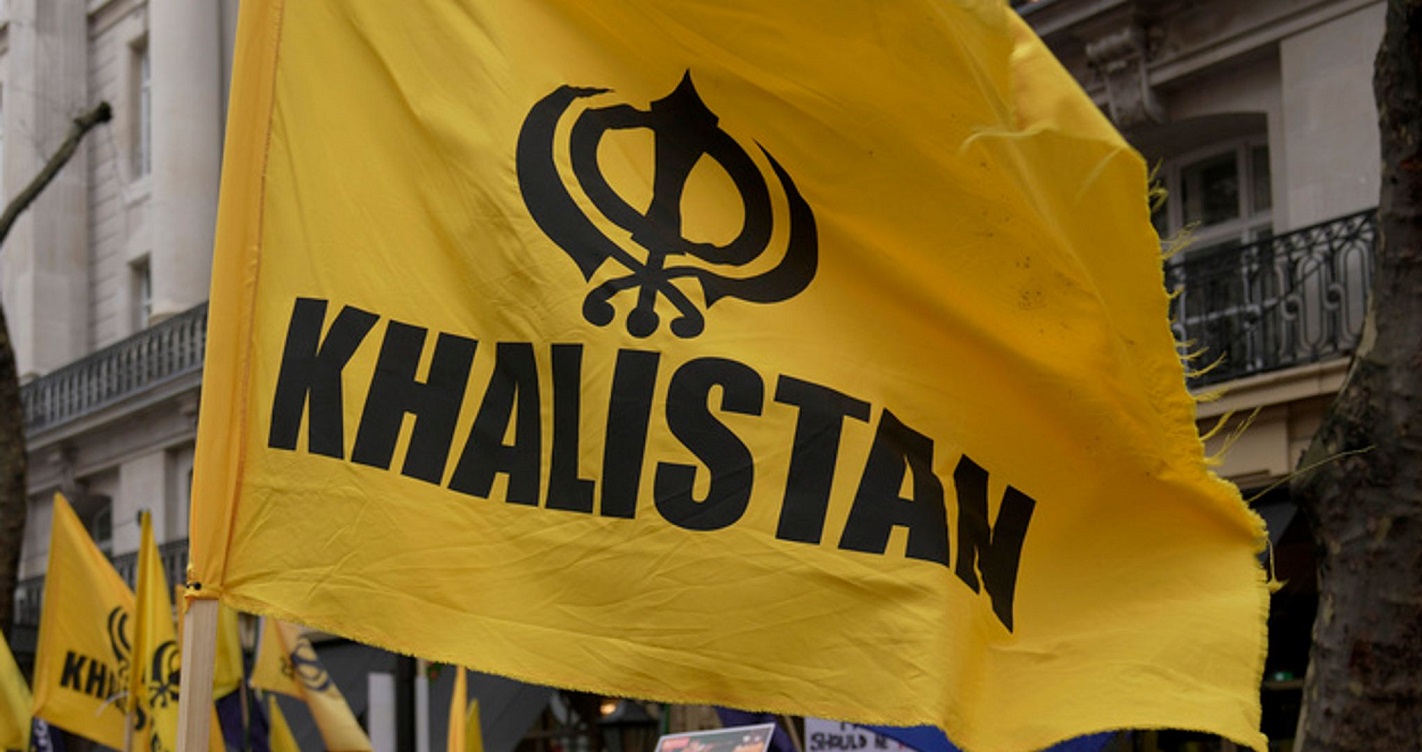Khalistan Movement: A Controversial Chapter of Indian Politics
Abdullah Al Zafori | 25 May 2023
After a month-long chase and the arrest of hundreds of people, the Indian police were able to arrest Amritpal Singh, who started getting national attention and was considered a fugitive after he and hundreds of his followers stormed a police station in February 2023. The Sikh community supports Amritpal Singh for bringing back the calls for the Khalistan movement. The movement is well-known for fighting for an independent Sikh nation-state in Panjab, the northern region of the Indian state. In 1947, India was split in two, with the Muslim majority moving to Pakistan and the Hindu majority relocating to India due to religious differences. The Sikh community and the province of Punjab were also split in two by the partition, with the majority staying in India and the minority moving to Pakistan. This partition gave rise to the Khalistan Movement.
In 1966, the formation of the state of Haryana by splitting Punjab created an atmosphere in which Sikh people started widely believing that the Indian government was attempting to reduce the influence of the Sikh minority in politics through policies like this. In 1973, the Punjabi Sikh political party, the Shiromani Akali Dal, adopted the “Anandpur Sahib Resolution”. The resolution included both religious and political issues, demanding greater sovereignty for Punjab and the recognition of the Sikh religion and culture. The demands included recognizing Sikhism as a religion separate from Hinduism, recognizing Punjabi as the country's official language, and establishing a federal government.
The Khalistan Movement started gaining momentum following the killing of Sikh leader Jarnail Singh Bhindranwale on June 6, 1984, by the Indian army’s “Operation Blue Star” at the Golden Temple. Protests and violence broke out after the murder because many Sikhs considered it an assault on their faith and culture. The movement's demands for the establishment of a sovereign Sikh state fueled the escalation of bloodshed. Sikhs' feelings of marginalization by the Indian state served as a driving force behind the movement.
As a result of “Operation Blue Star” and the brutal insurgency in Punjab by the Indian army, the Indian Prime Minister Indira Gandhi was killed by her Sikh bodyguards on 31 October 1984. Her death sparked violent unrest in northern India between her Hindu supporters and Sikhs. The Indian government imposed the President's Rule in 1987 as a repressive response to the Khalistan Movement. The government's deployment of force to end the protests was met with numerous allegations of violations of human rights and torture. The international community and human rights organizations expressed their condemnation and criticized the government for its action. Even though the government did not succeed in ending the movement, how the government responded to it remains a controversial and heated subject of discussion in India, particularly in Punjab, and among the Sikh community all over the world.
The Khalistan Movement has had a significant impact on Punjab's economic and political landscape as well as that of India. The movement resulted in thousands of deaths and a disruption of the state's economy. The violence also affected the tourism business since many visitors were scared to visit the region. The movement has left a long-term impression on the Sikh community, causing isolation and suspicion of the Indian government.
The Khalistan Movement was also criticized by Sikhs, who said that it did not reflect the principles of the Sikh faith that promote peace and tolerance. They also claimed that the media and the government wrongly portrayed the movement and highlighted it as terrorist activity. Though it was driven by a sense of Sikh nationalism and identity at first, the movement's violent tactics and affiliation with terrorism have left many Sikhs feeling ashamed and embarrassed. A crucial turning point in Indian history, the Khalistan Movement exposed how deeply divided the country was by religion. While the movement's goal of creating a sovereign Sikh state was ultimately unsuccessful, it did have a deep impact on the Sikh community and the country as a whole.
Abdullah Al Zafori is a Program Associate at the Centre for Governance Studies.
Views in this article are author’s own and do not necessarily reflect CGS policy.
